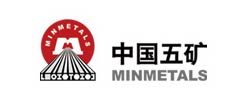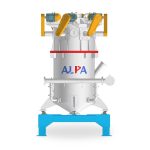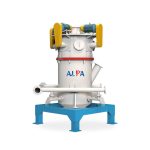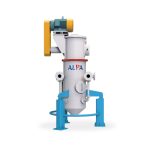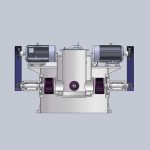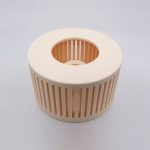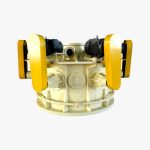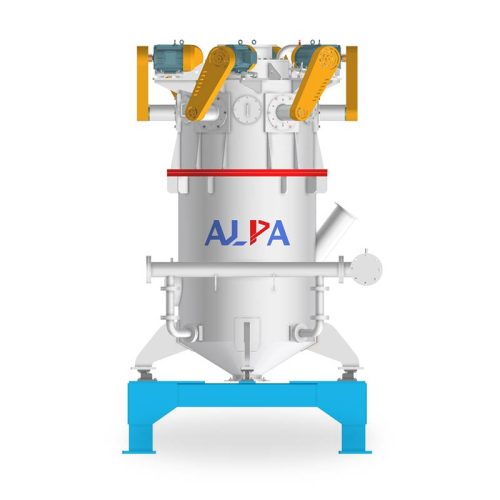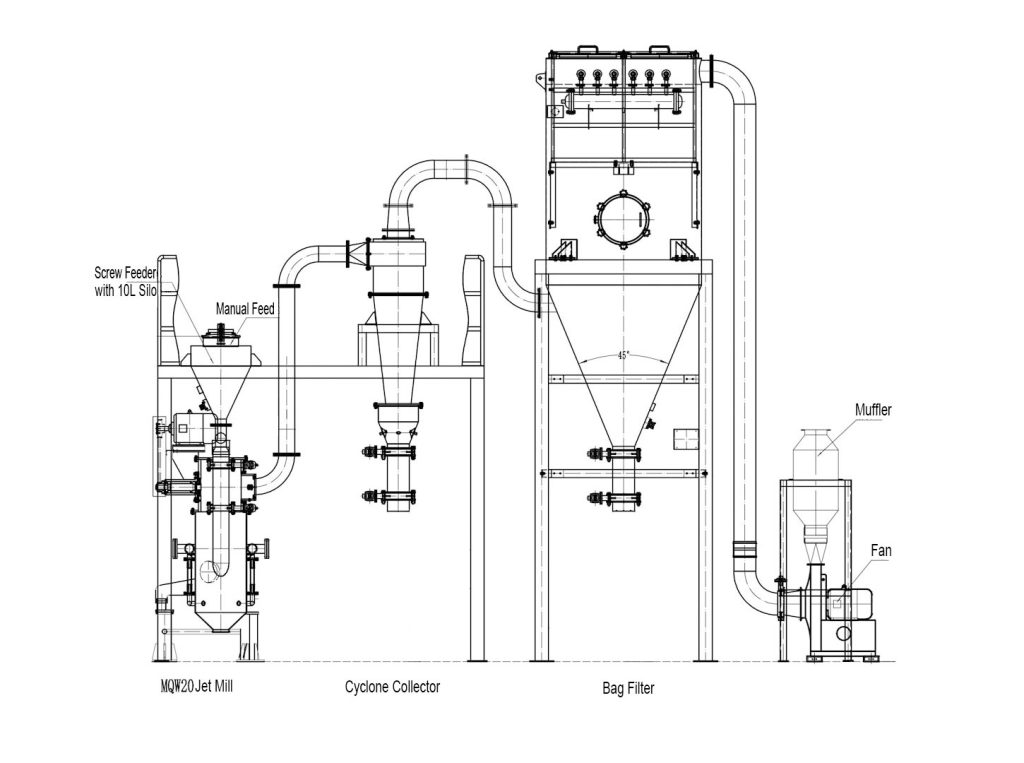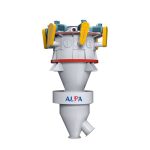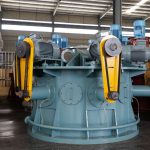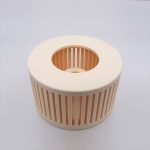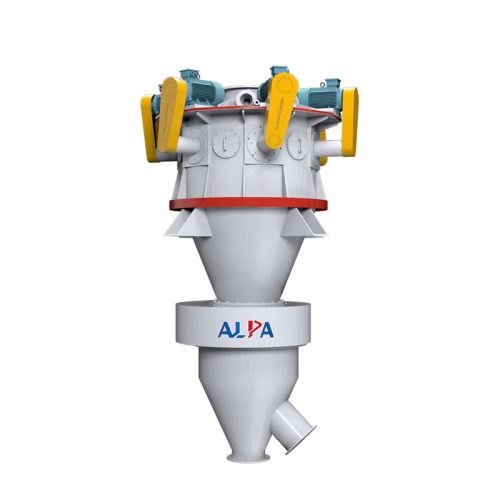
Among advanced anode materials applied to lithium-ion batteries, silicon–carbon anodes have been explored extensively due to their high capacity, good operation potential, environmental friendliness and high abundance. Silicon–carbon anodes have demonstrated great potential as an anode material for lithium-ion batteries because they have perfectly improved the problems that existed in silicon anodes, such as the particle pulverization, shedding and failures of electrochemical performance during lithiation and delithiation.
Li22Si5 is formed from silicon material at high temperature, corresponding specific capacity is 4200mAh/g, it’s 11.29 times that of graphite anode material. At present, TSLA 4680 battery, Amperex 265kWh/kg NCM ternary battery, Guoxuan High-tech 210Wh/kg LFP electric core and GAC Sponge silicon battery pack all use silicon carbon anode technology, and the driving mileage has been increased from 300km to 600km or even more than 1000km. There’s still a lot of development space with the progress of technology in the future.

